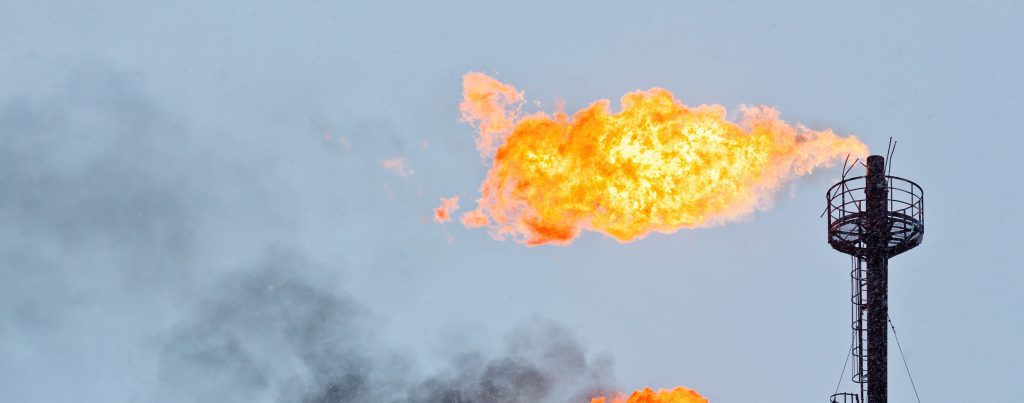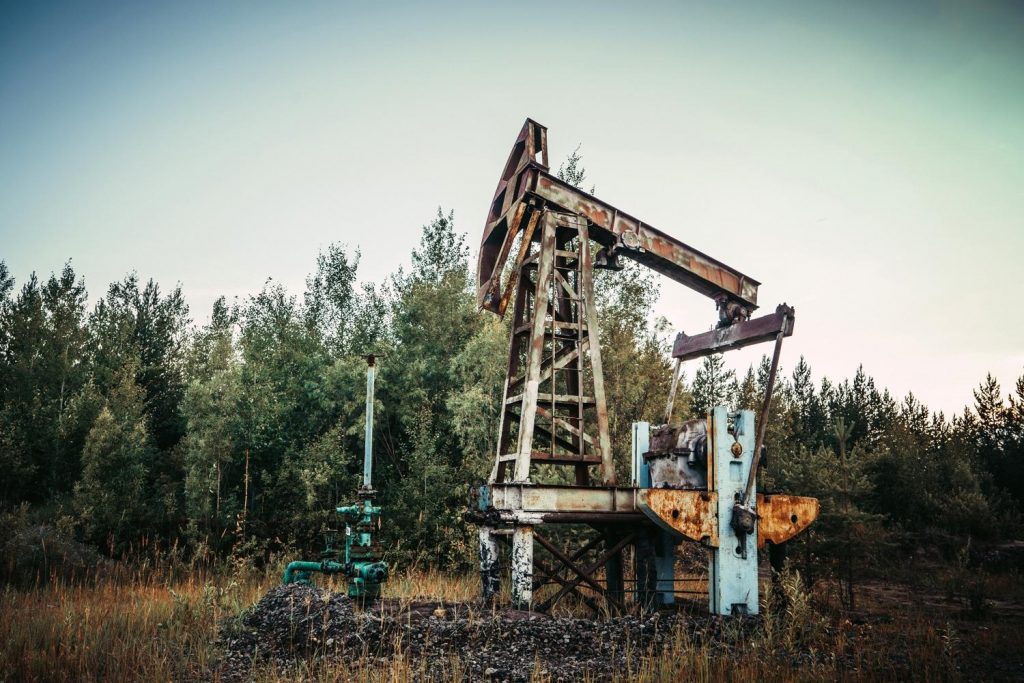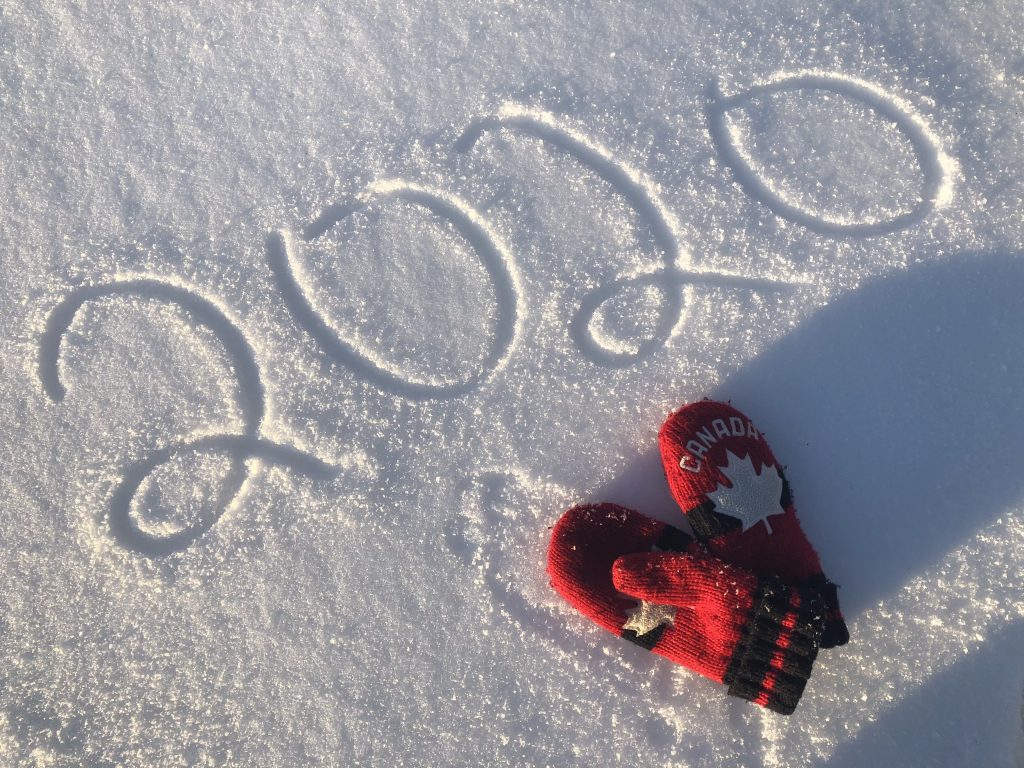TransCanada has been using inaccurate and outdated information to promote its Energy East pipeline and tanker scheme.
As TransCanada prepares to apply to the National Energy Board for its massive Energy East pipeline and tanker proposal, the company has been preoccupied with convincing Canadians that the pipeline will somehow benefit them.
It has been falsely repeating the same line again and again: “Eastern Canadian refineries import 86 per cent of their daily needs, from more expensive overseas sources including Saudi Arabia, Nigeria, Venezuela and Algeria.”
That’s just not true.
We did the math and the reality is that very little oil is imported from those countries into Eastern Canada. 14.1 per cent, to be exact. And as it turns out, Eastern Canada only imports 39 percent of its oil, period. The rest is Canadian.
Of the oil that we do import, more than 50 per cent is now coming from the United States. A growing trend that Energy East is unlikely to change.
Why does TransCanada keep repeating the name of four countries from which we import very little oil, and avoid mentioning the U.S. where most of the imports actually come from? It looks more like an attempt to scare Canadians with misinformation, rather than tell the truth.
The truth is Energy East would do very little to reduce Eastern Canada’s dependence on overseas oil. Why? Because there is no such dependence. Eastern Canada already imports such a small amount from the countries TransCanada likes to repeat.
Energy East would have very little impact on our imports from the U.S. The upshot is that Energy East would create few permanent local jobs or economic benefits in Eastern Canada. Eastern Canada would have the risks, but not the benefits.
Energy East is an export scheme, not a made in Canada energy solution. The latest numbers show that if Energy East were built, it would export up to 1 million barrels of unrefined oil on tankers every single day. That’s not what we call a made-in-Canada energy solution.









